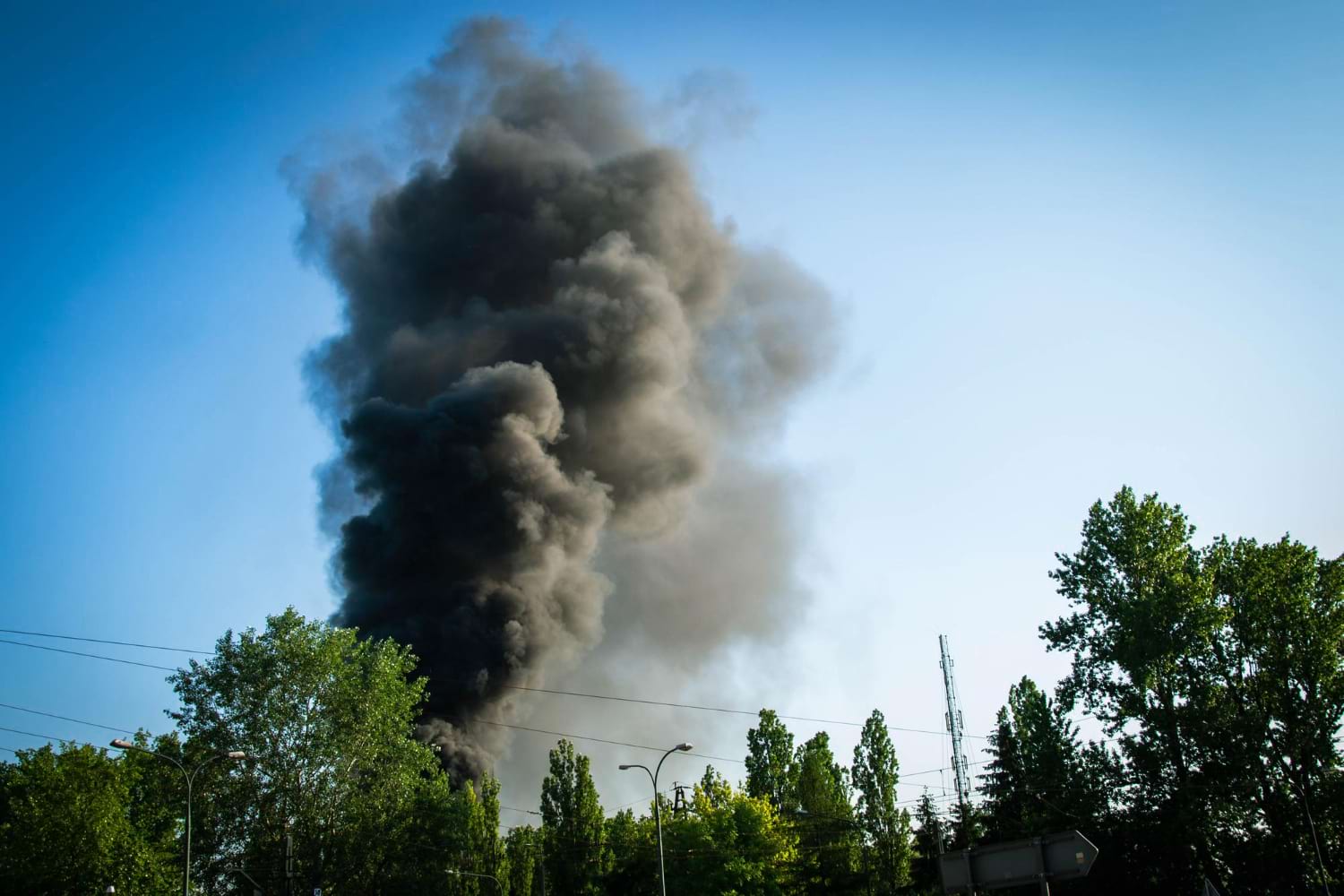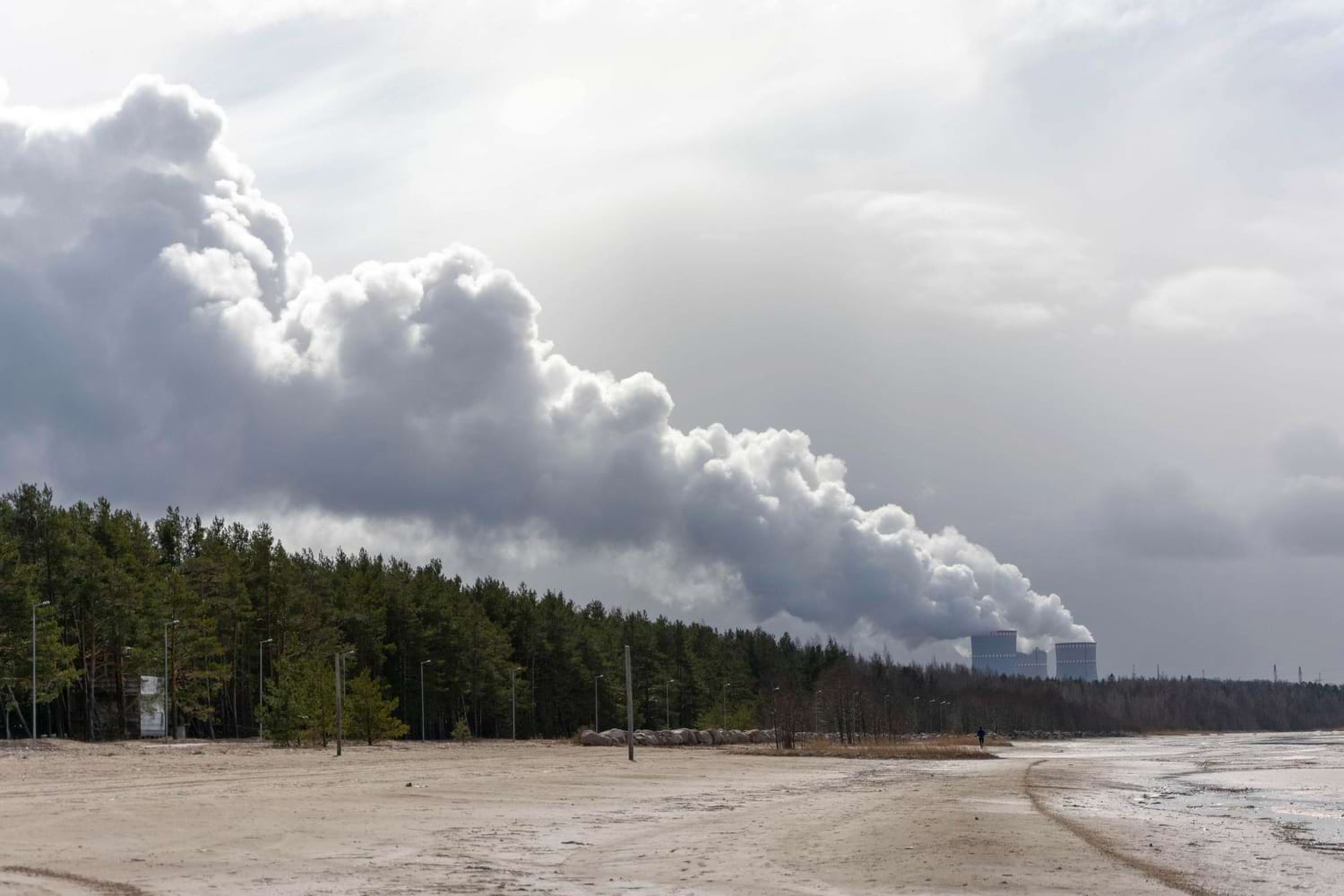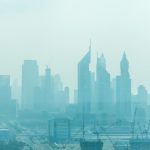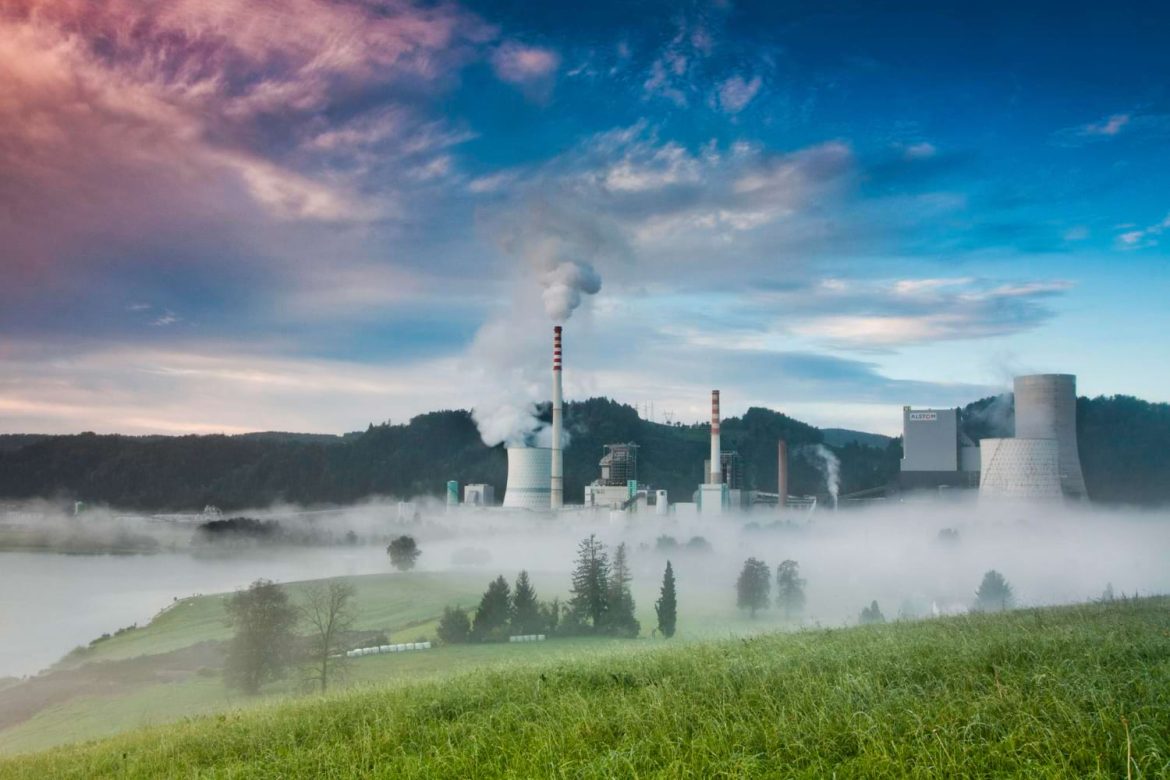In recent years, air quality in Europe has become a significant topic of conversation and action. As urbanization, industrialization, and the increasing number of vehicles on the roads continue to grow, the issue of air pollution has become more pressing than ever. This situation is not only a public health risk but also a threat to the environment.
As a result, there is a growing interest in understanding the state of the air we breathe and finding ways to improve it. Across Europe, air quality stations equipped with sensors are being installed in various locations to track and monitor the composition of the air. These stations provide valuable data that allows us to detect pollution, assess hazardous compound levels, and pinpoint areas where smog appears. By examining the levels of particulate matter (PM10), nitrogen dioxide (NO2), and other pollutants, we gain insight into the air quality challenges facing Europe.
Monitoring Air Quality in Europe: The Role of Sensors
One of the most significant developments in the battle against air pollution is the installation of air quality sensors throughout Europe. These sensors are strategically placed in urban and industrial areas, as well as more remote locations, to provide a comprehensive view of the air quality across the continent. These stations measure a variety of pollutants that impact health and the environment, with particular focus on PM10 (particulate matter with a diameter of 10 micrometers or less) and NO2 (nitrogen dioxide), two of the most commonly analyzed components.

PM10 Analysis: Understanding Particulate Matter
PM10 is one of the most harmful types of pollution, as it consists of tiny particles that can enter the lungs and cause a variety of respiratory issues. These particles can come from several sources, including vehicle exhaust, industrial emissions, and construction activities. When these particles are inhaled, they can cause short-term and long-term health problems, especially for vulnerable groups such as children, the elderly, and individuals with pre-existing health conditions like asthma or heart disease.
NO2 Analysis: Monitoring Nitrogen Dioxide Levels
Another critical pollutant found in urban environments is nitrogen dioxide (NO2). This gas is primarily produced by the combustion of fossil fuels, such as in vehicles, power plants, and industrial processes. NO2 has been linked to various respiratory problems, including asthma, bronchitis, and other lung conditions. The World Health Organization (WHO) has established guidelines to limit the amount of NO2 in the air, recognizing the health risks associated with long-term exposure.
The Impact of Air Pollution on Public Health
The consequences of poor air quality are far-reaching, especially when it comes to public health. According to the European Environment Agency (EEA), exposure to air pollution is a leading cause of premature deaths in Europe. Pollutants like PM10 and NO2 can cause or exacerbate various respiratory and cardiovascular diseases, resulting in increased healthcare costs and reduced quality of life.
In addition to the physical health impacts, air pollution can also have a significant psychological and emotional toll. Living in polluted environments can lead to increased stress levels, anxiety, and overall reduced well-being. Children are especially vulnerable, as exposure to polluted air can impact their development and increase the likelihood of developing lifelong health issues.

Policy Measures and Government Action
In response to the growing concern about air quality in Europe, governments have implemented a variety of policies aimed at reducing pollution and improving the health of their populations. These policies often focus on reducing emissions from transport, industry, and energy production. For example, many European cities are investing heavily in public transportation systems, such as buses, trams, and subways, to encourage people to use more sustainable modes of transport. In addition, several countries have adopted stricter vehicle emission standards to reduce the amount of harmful pollutants released into the atmosphere.
Author Profile

Latest entries
 TechnologyJune 22, 2025Modern Air Quality Monitoring Technologies
TechnologyJune 22, 2025Modern Air Quality Monitoring Technologies Health & BeautyMay 28, 2025Trakční klece jako součást moderní rehabilitační terapie
Health & BeautyMay 28, 2025Trakční klece jako součást moderní rehabilitační terapie TechnologyApril 20, 2025Why High-Ticket Businesses Need a Reliable Merchant Account for Stripe
TechnologyApril 20, 2025Why High-Ticket Businesses Need a Reliable Merchant Account for Stripe Electricity & ElectronicsApril 20, 2025Industrial Precision and Safety: Stromag Brakes
Electricity & ElectronicsApril 20, 2025Industrial Precision and Safety: Stromag Brakes




